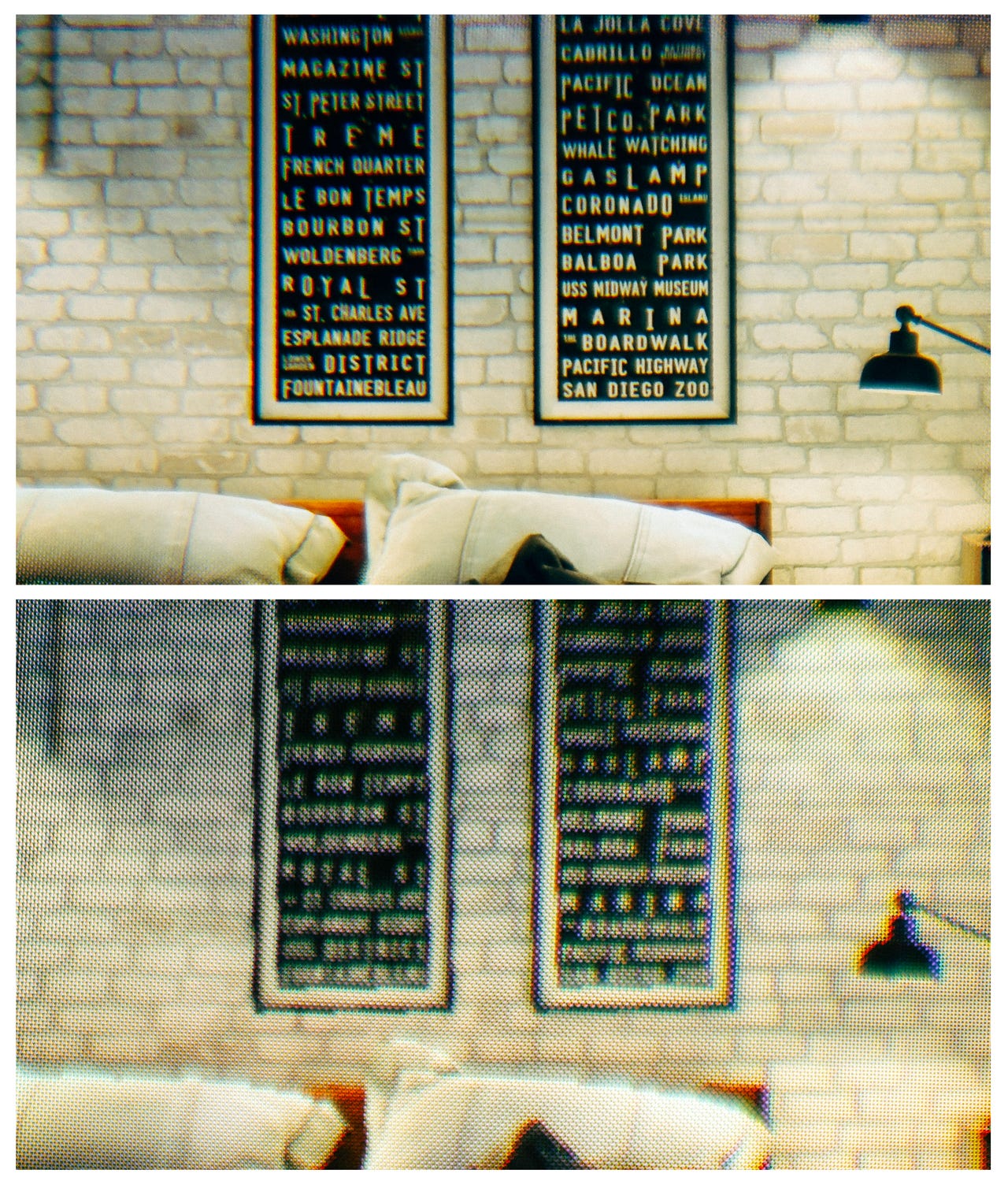This startup is building game-changing image rendering tech for VR and AR


Varjo creates a much higher resolution VR image than Oculus.
One of the advantages of augmented reality versus virtual reality is that real-world objects appear as we see them in the real world. But this means rendered objects in the real world tend to look cartoonish, like animated characters stuck into a live-action film a la Who Framed Roger Rabbit?.
Featured
Finnish startup Varjo is taking one approach to try to bridge the distance. Its first headset, a PC-tethered device that will be offered for free to committed developers in a HoloLens-like developer preview by year's end, promises up to 70 times the resolution of today's VR headsets.
Reflecting the team's aversion to create compromised consumer products (One co-founder led up Nokia's definitively compromised Nokia X Android devices.), the headset will be aimed at professional commercial applications and will cost several thousand dollars. That should put it in the range of a few thousand dollars, also similar to the HoloLens.
A demo I experienced provided a literally small window into into the future. Working with a prototype of its headset so early that I slightly burned my fingers when I touched a chip on its surface, Varjo showed a number of VR scenes in the native resolution of what an Oculus Rift would display. However, in the center of the image was a rectangle through which one could see images at the headset's greatly enhanced resolution.
The rectangle provides a clue to the shortcut Varjo is exploiting to bypass a generation of computing and display technology. By using ultra-fast gaze tracking, the headset can render objects within one's field of view as your eye moves to that area of the scene. The result is a de facto rendering of the whole scene at the resolution of human vision.
Alas, this was not active during the demo and so I had to position my head to focus on areas that would be so enhanced. However, within the rectangle, jaggies around curved objects disappeared and previously unreadable text became clear.
Varjo maintains that its headset's resolution is good enough to allow productivity with desktop apps as one would with a PC monitor, something that is difficult today not only because of limited resolution but distracting screen door effects that Varjo claims to eliminate.
The company also claims that the headset can accurately display realistic light reflections, something that an industrial designer, for instance, might need when prototyping an object. To demonstrate this, it showed a toy car and a modeling of that toy car side-by-side and showed how the light reflects off the model.
Varjo considers itself both a VR and AR play. Rather than providing an optical view of the surrounding world as forthcoming headsets are expected to, it will continue to provide a closed-view experience, relying on cameras to feed in the outside world.
Even with its enhanced resolution, it is difficult to imagine rendered objects being indistinguishable from those in the real world, even when dismissing such things we take for granted in the physical world such as approachability from any distance or angle or being able to touch and manipulate objects directly with our hands.
The company believes that its technology will filter down to the consumer market in the coming years. While Varjo is compatible with toolkits from Unity, It will require new, optimized content to show off its advantage.
The Varjo team says it is weighing investing in further VR compatibility but does not presently believe that that will buy it much of an advantage beyond demoing. That could be true for its current target market but it could also open up new scenarios such as the professional VR settings being targeted by upscale headset StarVR.
Still, Varjo is betting that developers will pioneer a new set of scenarios that push the practical applications of virtual and mixed reality to new levels of realism.